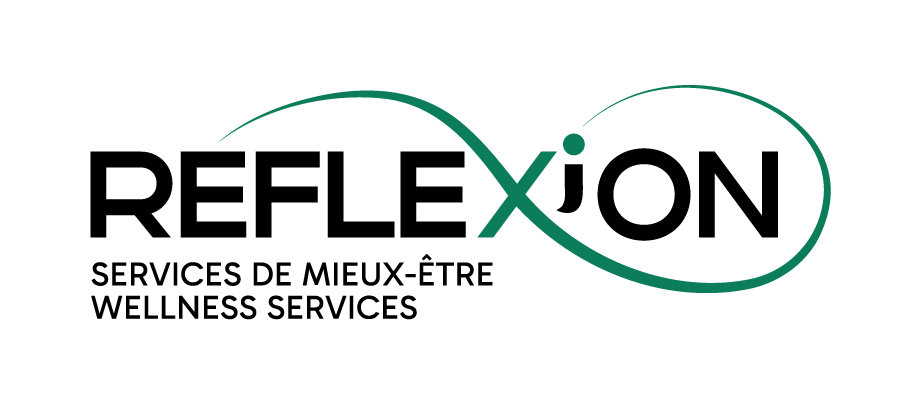Self-Confidence: Building a Path Toward Greater Assurance
- Steve Fillion
- Sep 19
- 3 min read
Self-confidence is an inner strength that helps us move forward despite doubts and challenges. It is not just about “believing in yourself” in a general sense, but about cultivating a feeling of competence in specific situations. Confidence acts like a motor: it pushes us to try, to persevere, and to step outside our comfort zone.
Unlike self-esteem, which is about the value we assign to ourselves as a person, self-confidence is more practical and contextual. You might have solid self-esteem yet still lack confidence when speaking in public, driving a car, or starting a new project. The good news? Confidence is not fixed. It can be built, step by step, through intentional practices and real-life experiences.
Why is self-confidence so important?
Having self-confidence allows us to:
Seize opportunities: applying for a job, signing up for a new activity, daring to say yes.
Face failure: seeing mistakes as learning opportunities rather than proof of inadequacy.
Express ourselves clearly: sharing opinions without being paralyzed by fear of judgment.
Gain autonomy: making decisions without constantly relying on outside validation.
Without confidence, we risk staying still—even when we already have the skills needed to succeed.

Practical strategies to build self-confidence
1. Set small goals and celebrate your progress
Confidence grows when we collect small victories. Choose simple, achievable goals and celebrate each step. For example: cook a new meal, ask a question during a meeting, or start a conversation with someone new.
Each success becomes tangible proof that you are capable. Keep a success journal and revisit it whenever self-doubt arises.
2. Practice positive visualization
Imagination is a powerful tool. Before facing a stressful situation (like an exam, a presentation, or a job interview), close your eyes and picture yourself succeeding. See the details clearly: the setting, your posture, your words, and the positive reactions around you.
This mental rehearsal prepares your mind to expect success, lowering anxiety and boosting assurance.

3. Work on body language
Posture has a strong effect on our mindset. Standing tall, lifting your head, breathing deeply, and maintaining eye contact all send a message of confidence—to yourself and to others.
A simple exercise: before a big moment, take two minutes in a “power pose” (standing tall, shoulders open, hands on hips like a superhero). This ritual can help calm nerves and strengthen your inner sense of power.
4. Reframe mistakes as learning opportunities
Fear of failure often blocks confidence. Yet mistakes are a natural part of growth.
Ask yourself: What did this experience teach me? or What can I do differently next time? By shifting perspective, failures lose their weight and become building blocks of a stronger, more resilient self-confidence.
5. Surround yourself with supportive people
Social environments shape our confidence. Seek out relationships with people who encourage you, remind you of your strengths, and believe in your abilities. Limit, as much as possible, exposure to overly critical or negative influences.
A personal journey—but one that everyone can take
Building self-confidence is not a sprint; it’s a journey. There is no magic formula, but many small, intentional actions add up over time.
Remember: confidence doesn’t mean knowing everything or never doubting yourself. It means trusting that, no matter the outcome, you have the resources to try, to learn, and to move forward.
Each effort—each step, however small—brings you closer to a stronger, more assured version of yourself.
Strengthening self-confidence is about giving yourself permission to dare. It is about learning to see yourself as capable, even when challenges seem daunting. With time, practice, and self-kindness, anyone can develop this inner assurance that opens the door to new experiences, meaningful connections, and, most importantly, a freer life.




Comments